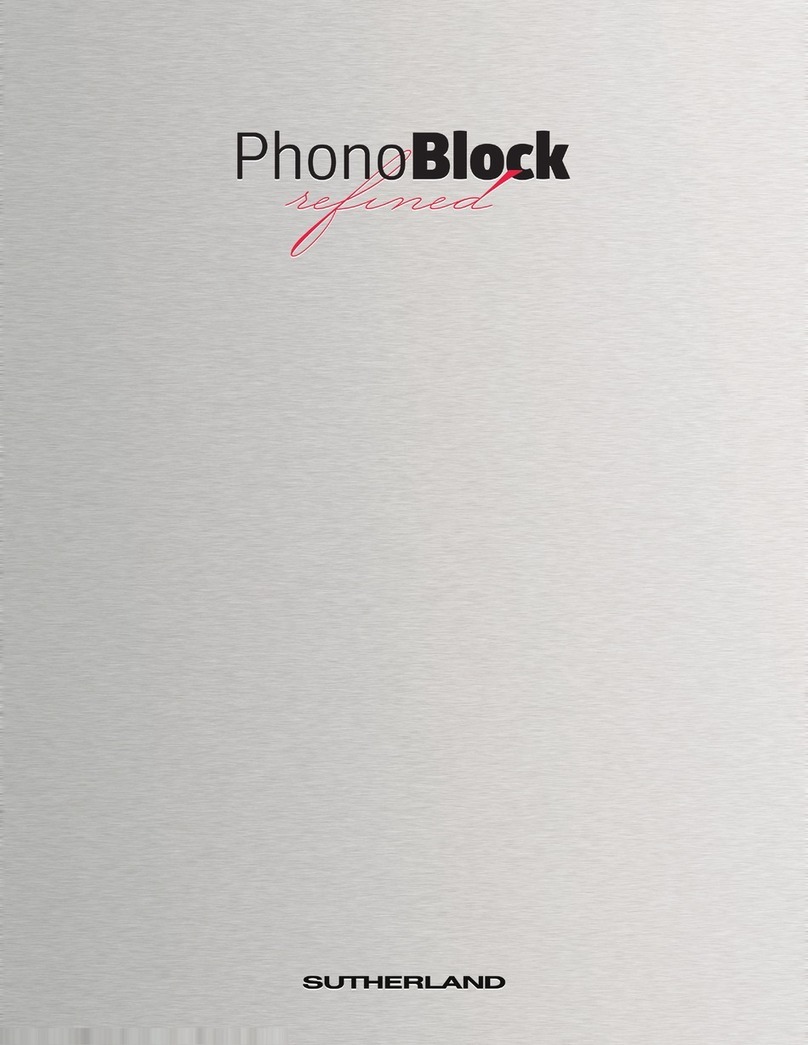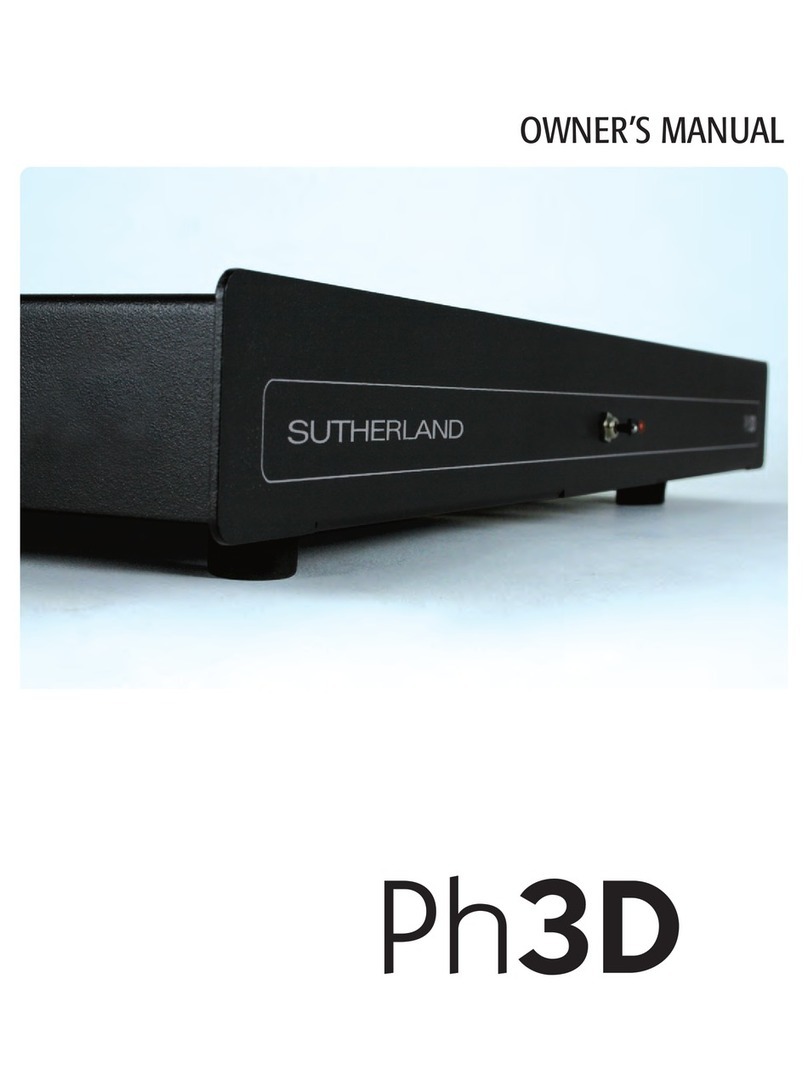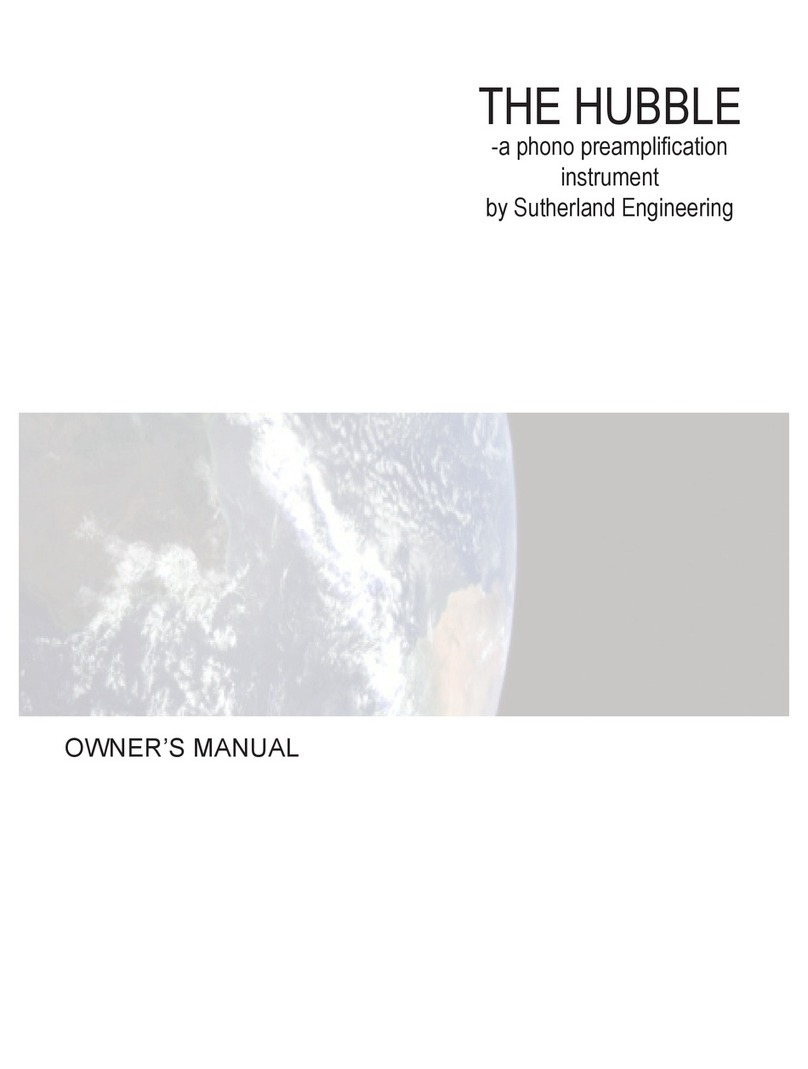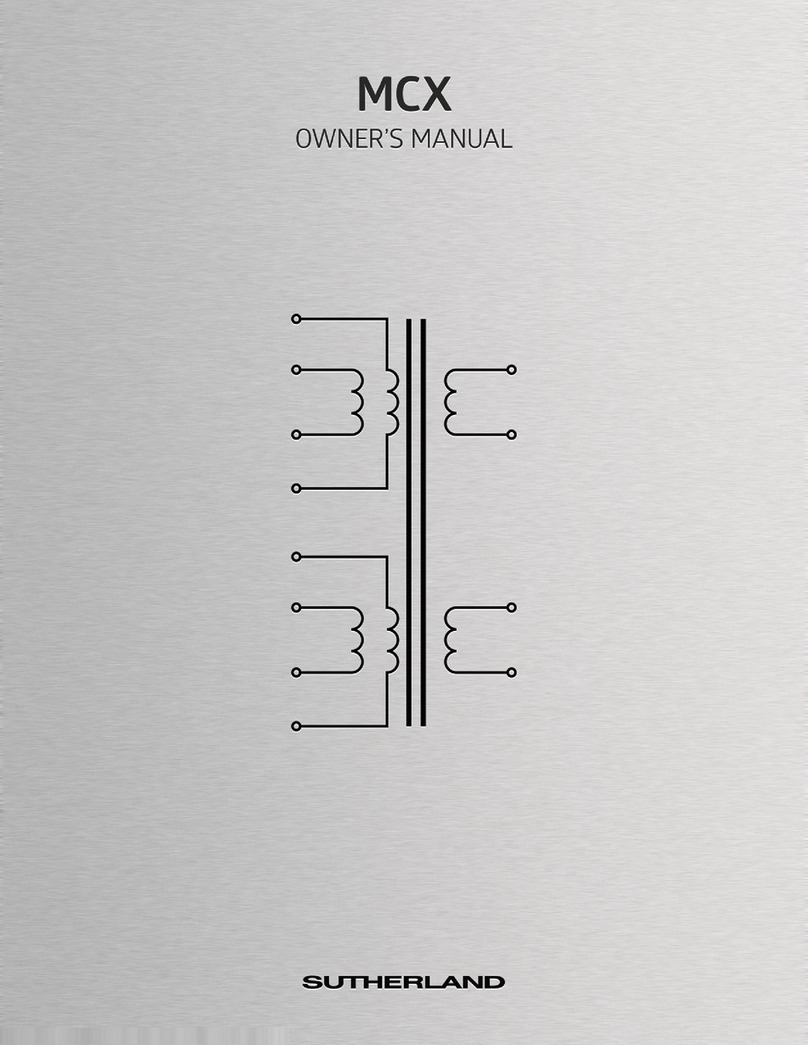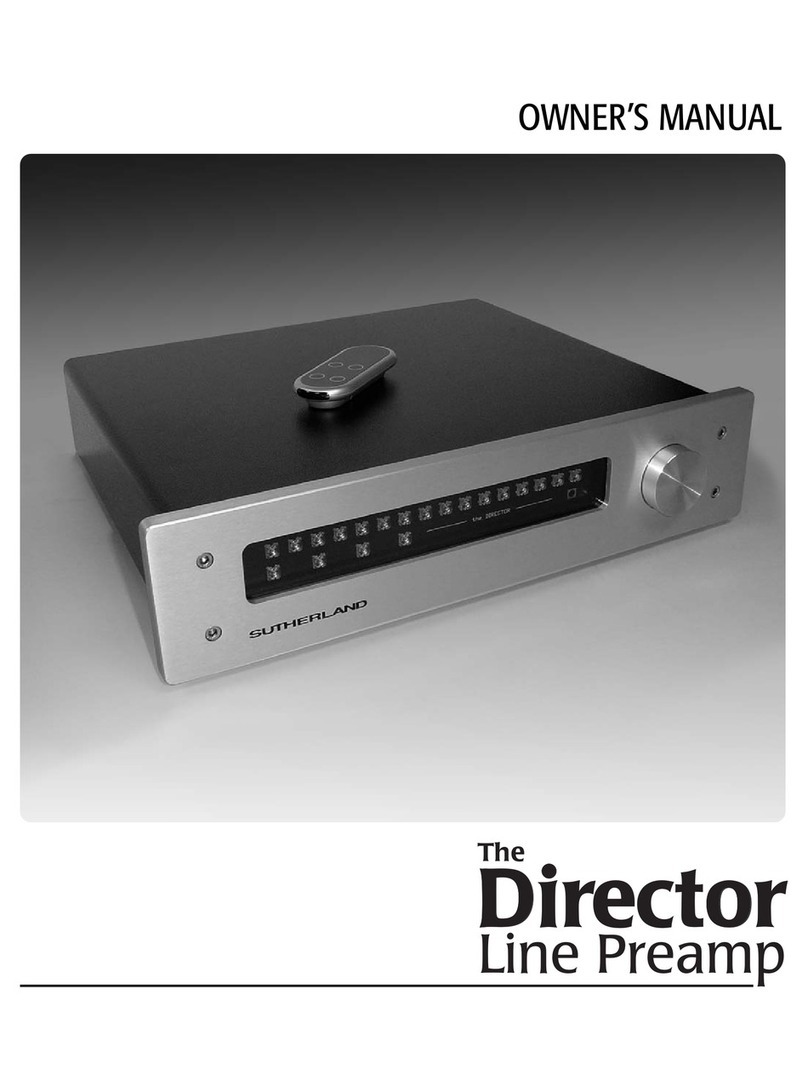
DESIGN PHILOSOPHY
POWER SUPPLIES
I don’t know of any audiophile who likes power supplies that even remotely resemble ‘walwarts’. The
20/20 uses not one, but two of the wallwarts more sophisticated relatives – politely called a regulated
tabletop power supply.
To understand this choice, let’s look at AC to DC power supply elements required for no-compromise
high-end performance:
1. Rectify the AC to DC
2. Filter that DC
3. Use that raw DC to power a regulating DC to DC switching inverter (this stage also provides
galvanic isolation between the AC power line and the DC load)
4. Provide additional levels of filtering to remove the high-frequency ripple from the switching
inverter.
5. Provide additional levels of noise isolation from the switching inverter to the load
6. Provide local voltage regulation right at the audio circuitry.
From an engineering viewpoint, items 1, 2 and 3 can be accomplished with a well chosen, off-the-shelf
table top power supply. It does those tasks well, reliably and at a very reasonable cost. The supplies
included with the 20/20 are rated at a MTF (Mean Time between Failure) of over 100,000 hours. They
are used at less than 10% of their rated capacity, so reliably should be even further increased. If one
were to fail, replacement is simple and inexpensive. In addition to that functionality, they are already
safety tested and approved for use all over the world. A great deal more time, effort and money could
be spent on custom circuitry – but to no performance advantage.
From an audiophile viewpoint, it is items 4, 5 and 6 that determine the quality of DC available for the
sensitive audio circuitry. That function is so important it takes up over 2/3 of each amplifier’s circuit
board area. Ten cascaded stages of passive RC filtering, provide an enormous distance from the pre-
amp area to the incoming DC power connector. There are over 35,000 microfarads of capacitance
on each board. The electrical ‘distance’ is so great, when power is first applied, it takes over 10 sec-
onds for the power to travel thru these ten sections of filtering and reach the preamp stage. Voltage
slowly ramps up until the zener diodes clamp it to the correct value. Until that voltage is reached, the
audio output is muted. It is this section of circuitry that provides the extreme isolation from AC power
line affects.
